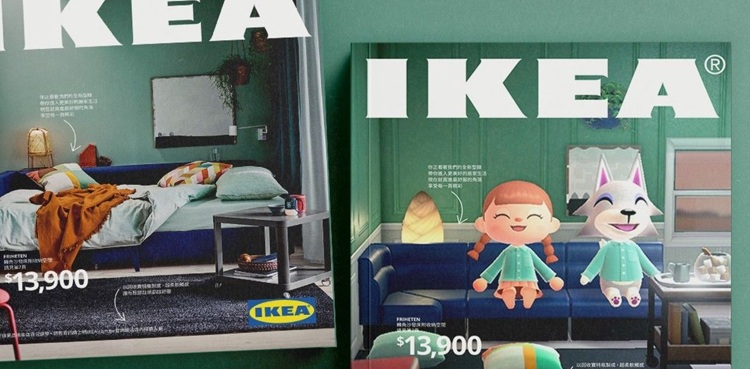
IKEA’s home deliveries will be made by electric vehicles by 2025 as part of a target at the world’s No.1 furniture brand to drastically reduce greenhouse gas emissions over the next eight years, CEO Jesper Brodin said on Monday.
In an interview at the Reuters IMPACT conference, Brodin said some cities were already fully electric for home deliveries, and many were working hard to build the infrastructure needed.
He said there may be challenges in some places.
View this post on Instagram
“In some regions, maybe there will be some challenges where we need to push a bit harder on that, but basically already by 2025, customers should be able to get electrical from IKEA when it comes to deliveries,” he said.
The move is part of the company’s plan to be climate positive – to reduce more greenhouse gas than its entire value chain emits – by 2030.
Brand owner Inter IKEA said in January it was on track to become climate positive by 2030 as its annual carbon emissions fell 6% from pre-pandemic levels despite record sales.
Ingka Group, the owner of most IKEA stores worldwide, already produces more renewable energy than it consumes, having invested around 3 billion euros ($2.9 billion) in wind and solar projects since 2009.
It plans to reach 6.5 billion euros in investments by 2030 as part of efforts to increase the use of renewable energy across its supply chain. It owns 575 wind turbines, 20 solar parks, and 935,000 solar panels on the roofs of IKEA stores and warehouses.
Brodin said companies, particularly in Europe, have had to become more agile as the energy crisis has deepened, and that was likely to speed up society’s transition to cleaner energy, but he forecast the next two years would be “challenging” for households.
To help with that, IKEA plans to launch a campaign to raise awareness on how households can cut energy use – from LED lighting to solar heat pumps – and to sell low-cost energy-saving products.
from Science and Technology News - Latest science and technology news https://ift.tt/CdBPm6R


0 Comments